
On August 22nd the “Big School” was founded: a half-gymnasium named The Main School as the fourth high school in Serbia. The first teacher was Živojin Kerečki from Srem, and was located in the newly built building together with the primary school where the church park is today.

Gymnasium was relocated to Negotin together with the Timok Episcopacy. Next two decades there was only a primary school in Zaječar.

As a promise to Zaječar, Knjaževac and Sokobanja citizens, Prince Miloš issued decree to return the gymnasium back to Zaječar.

Gymnasium relocated again to Negotin.

A two-grades gymnasium was open in Zaječar.

The school became lower gymnasium after two more grades were added.

Gymnasium Reading Room was open.

By skillfully using the legal procedure, Zaječar representatives in the Serbian Assembly managed to outbid Negotin and receive a written Decision for the founding of the complete gymnasium.
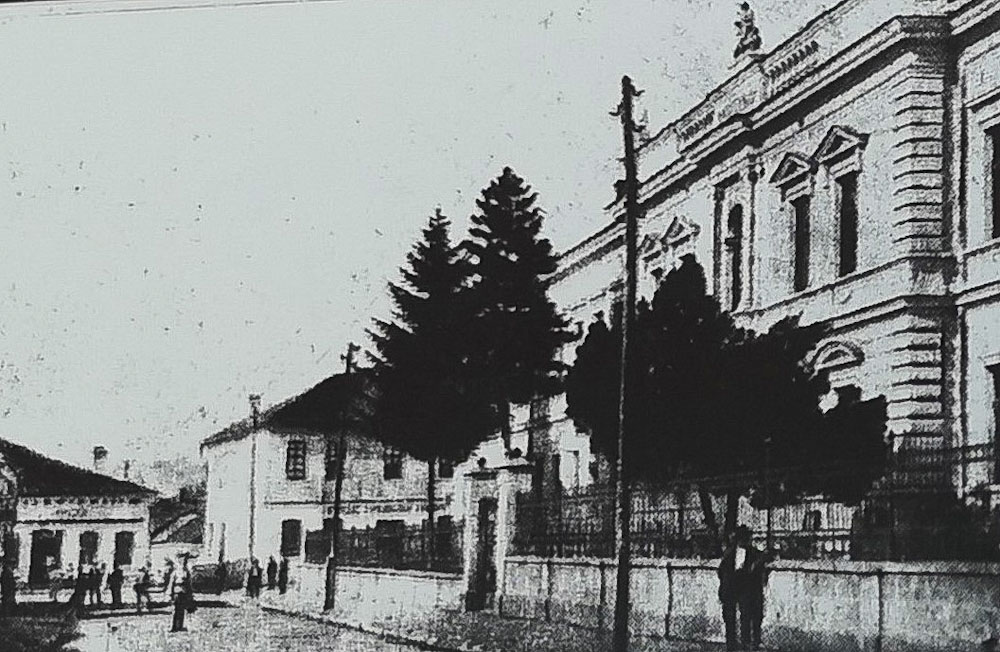
The new school building was finished where the classes begun next year. The building contains in the foundations a bottle with oil and a letter signed by King Alexander Obrenović, the Prime Minister Nikola Pašić (former student of the Zaječar Gymnasium), the minister of education, the county commander, the city mayor, and the Gymnasium principal Mihailo Bobić.

During his royal visit to Zaječar on August 31st and September 1st, King Alexander Obrenović stayed in this building, where the royal reception was held as well.

Gymnasium named after Dositej Obradović.

Gymnasium Dositej Obradović renamed again to State Gymnasium in Zaječar.

City Casina was founded in several offices at the gymnasium, where citizens could gather to read, discuss and debate. “Sokolsko Društvo” was founded, and with the arrival of Jaroslav Vošta, the physical education of students begun.

After the victory of coeducation over conservatism all female students were enrolled in the State Gymnasium.

During First Balkan War gymnasium building became army hospital.

Bulgarian occupying forces opened their primary ang high school with teachers from Bulgaria. During last days of the occupation, all school tables, chairs, desks, hangers, utensils, tools, etc. were stolen, as well as anything that could be carried away by the leaving occupiers.

After liberation, Gymnasium is open again and works in difficult circumstances with no furniture or equipment.
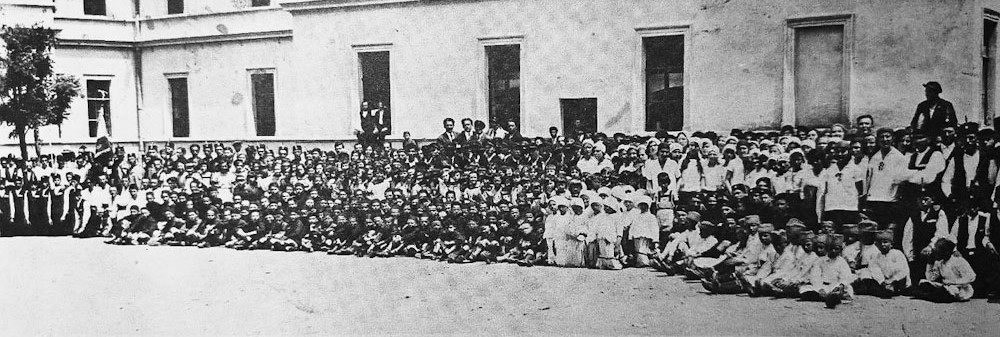
The archaeological museum collection was founded.
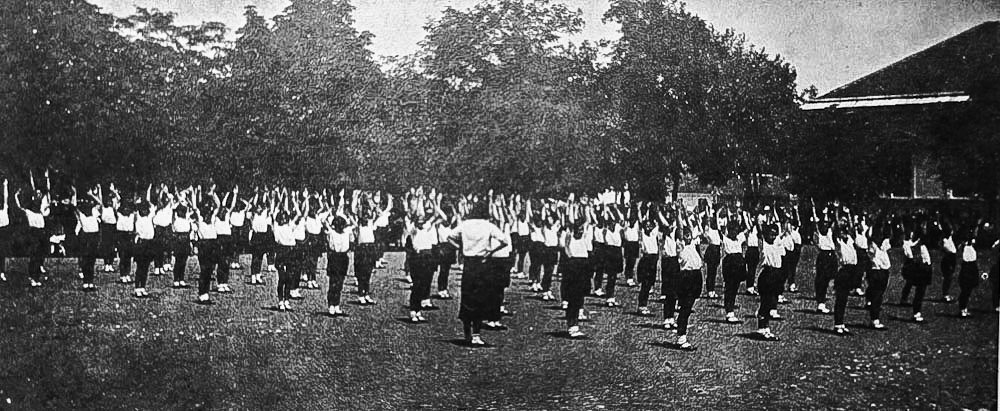
The geological-mining museum collection was founded, as well as the Wheel of Sober Youth “Buktinja” (torchlight) with the task to prevent alcohol consumption.

In the vicinity of the school, two barracks were built for the school polyclinic and the school bathhouse.

The school got electricity which allowed for the classes to take place during dark autumn and winter afternoons.

The school closed on March 31st until further notice and on April 13th German troops entered Zaječar and took over the gymnasium building. They ordered the reopening of the gymnasium in the primary school building from where it was moved back and forth several times. During the war, the Gymnasium lost 30 students and 4 professors in the battles.

After the second and final liberation of Zaječar on October 8th the gymnasium building was given to the Red Army military hospital which stayed for a month. When the war ended, the school building was severely damaged, with no windows, no doors, pilled off walls, hence it was impossible to teach in it. The scientific collections and libraries (counting over 5000 books) were completely destroyed, and there was not a single archival document left. The largest part of destruction happened between the first (September 7) and the second (October 8) liberation of Zaječar, when the German army used the building as a hospital. The school begun again on December 1st.

The school operated as State Complete Mixed Gymnasium.

High School of Economics was located in part of the building for two years.

The school founded a pupils’ workshop with the task to replace the ruined teaching collections and make utensils for various classes.

Boarding Department was opened in the school to house 75 pupils in 9 sleeping rooms.

The name was changed into Higher Mixed Gymnasium. That year the School for Medical Assistants moved into part of the building and remained until 1959.

Ljuba Nešić Primary School was founded on October 1st after the previous School No.1 and School No.2 were transformed into three new schools: “Milenko Brković Crni”, “Ljuba Nešić” and “Đura Jakšić” which were located at the present-day School of Economics building.
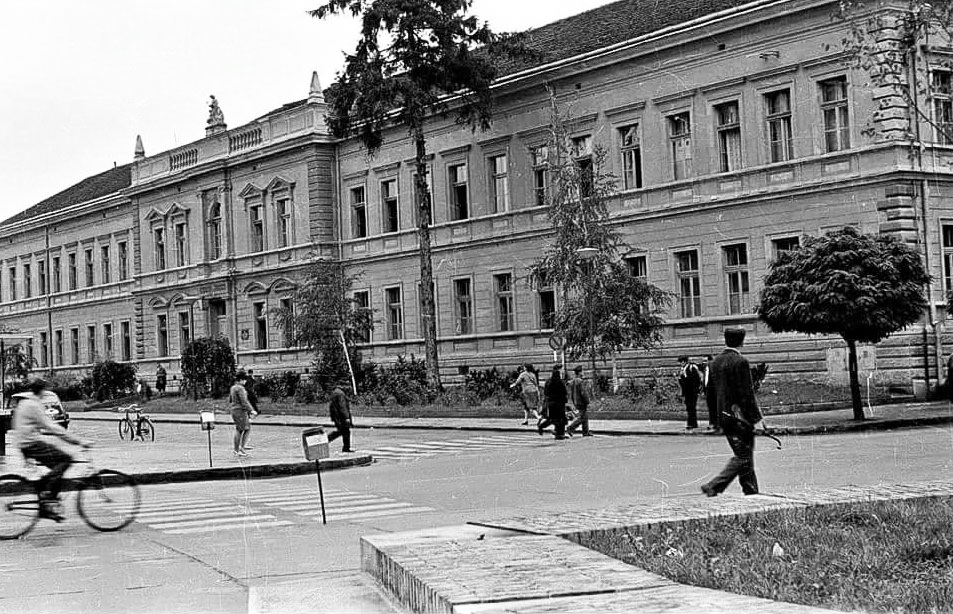
High School of Economics moved back and stayed until 1959 when it was finally relocated to its present building.

City Council changed the name of the school into Moša Pijade Gymnasium.

Gymnasium was relocated to High Schools Center where it still remains. Ljuba Nešić Primary School moved into the building where it still works very successfully.
1893–1959 GYMNASIUM
1946-48, 1953-59 HIGH SCHOOL OF ECONOMICS
1952-1959 SCHOOL FOR MEDICAL ASSISTANTS
1959 – PRIMARY SCHOOL “LJUBA NEŠIĆ”
ZAJEČAR GYMNASIUM (1836)
Zaječar was one of the first towns in Serbia to have a high school – on August 22, 1836 the “Big School” was founded: a half-gymnasium named The Main School, at the same time as the gymnasiums in Čačak and Šabac, and only three years after the one in Kragujevac (1833). It had two grades: the first year with seven pupils, but already the next year had thirteen pupils in both classes. The first teacher was Živojin Kerečki from Srem, who was considered one of the best teachers in the Timok Region. It was located in the newly built building together with the primary school, where the “church shops” used to be, and where the church park is today. The classes took place in a long and low wooden building, with small windows covered with paper. In front of a blackboard, in chairs made of hard wood, the pupils were sat, writing with goose feathers.
After the Timok Episcopacy was relocated from Zaječar to Negotin in 1839, the Gymnasium was also moved. During two decades (1839-1859) there was only a primary school in Zaječar. Nevertheless, during his trip back to retake the power, the exiled Prince Miloš passed through Zaječar, and promised to return the Gymnasium back to Zaječar. Following his official decision on February 22, 1860 the Gymnasium has been returned to Zaječar. The school had four grades and worked until 1866 when it was relocated again to Negotin. This “fight”over the only high school in the Timok Region underlines the need for more high schools in the region, hence a Gymnasium with two grades was open in 1869. During the Serbian-Turkish Wars (1876-78) the school was shut down and the building was used for the wounded soldiers, while many citizens were forced to flee Zaječar during the war. Many primary schools in the region were burnt down, while the collected material for the new school building in Zaječar has been stolen and destroyed.
In 1879, after ten years, the school got one more grade, and in 1880 had four grades in total, reaching the rank of a lower gymnasium. In 1881 the Reading Room has been founded in the school which even surpassed the school in spreading the modern ideas among many generations. In 1885, by skillfully using the legal procedure, Zaječar representatives in the Serbian Assembly managed to outbid Negotin and receive a written Decision for the founding of the complete gymnasium. Therefore, the first graduation took place in 1888. At that time, there were only 5 complete gymnasiums in Serbia (I and II in Belgrade, in Kragujevac, Niš, and Zaječar). Since 1891/92 the gymnasium in Zaječar had eight grades and remained the same until 1951.


A truly important even in the history of the Gymnasium was the erection of the new school building in 1892, which was open in 1893. The Council of Citizens decided already in 1884 to begin with the works on the new gymnasium building, since classes used to take place in several separate houses with almost no conditions for teaching. In 1889 the local newspaper “Timočanin” announced the happy news about the resolved financial difficulties when the Ministry of Education decided to support the new building. A big celebrations took place during the laying of the foundations on May 13th, 1891 when a bottle containing oil has been put in, together with the letter signed by the King Alexander Obrenović, the Prime Minister Nikola Pašić (former student of the Zaječar Gymnasium), the minister of education, the county commander, the city mayor, and the Gymnasium principal Mihailo Bobić. The building was finished at the end of 1892 and the school moved in in April 1893. Above the entrance, the inscription was placed that reads “To Science and Fatherland” with the date when the school building was finalized – MDCCCXCII.
The new school, based on its size and aesthetics, is a unique 19th century building in Serbia. It contains numerous classrooms, separate rooms for physics and chemistry, celebration hall, rooms for art classes and gymnastics, the offices for the teachers and managers, the apartment for the school principal, as well as other additional rooms. It was known as one of the most beautiful and most functional buildings in Serbia. That was probably a reason for the King Alexander Obrenović to stay in it during his official two-day visit on August 31st, 1893 when the Gymnasium also hosted the royal reception.

From 1899 to 1904 the Gymnasium was named “Gymnasium of Dositej Obradović” but had its old name – The State Gymnasium in Zaječar – returned on April 10th,1904. In 1907 the City Casina was founded and located in spare space of the gymnasium building, where the citizens had the opportunity to “spend their spare time in a pleasant and useful manner, by reading in the reading room and enjoying nice lectures and parties during socializing evenings.” That same year, the gymnastic society, “Sokolsko Društvo” was founded, and with the arrival of Jaroslav Vošta, the physical education of students begun.
After the Austria-Hungary annexed Bosnia and Herzegovina in 1908, the new movement spread in the Gymnasium propagating help to the oppressed Yugoslav people, hence the students focused on army training instead on school.
It is important to mention that in the period 1906-1912 worked a Private Girls’ Gymnasium at the Guildhall (today’s theater building), since it was forbidden to have a joint education of boys and girls. In its final year, the private gymnasium had 6 grades and 90 students, and after the victory of coeducation over conservatism in 1912 all female students were enrolled in the State Gymnasium.
During First Balkan War in 1912/13 the school building was turned into army hospital. The professors and older students joined the army. With a lot of difficulties and short interruption, the school continued to work during Second Balkan War.
In 1916, during the second year of the World War I, the Bulgarian occupying forces opened their own primary school and the gymnasium, bringing teachers from Bulgaria. After two years, as soon as the news about the victory on the Macedonian Front broke, the pupils stopped attending both schools. During last days of the occupation, all school tables, chairs, desks, hangers, utensils, tools,etc. were stolen, as well as anything that could be carried away by the leaving occupiers. It took many years to replace it all, and some of the school furniture was received on behalf of war damage. In 1924 the archaeological collection was founded, as well the geological-mining one in 1926. In 1926/27 school year, in the very vicinity of the school, two barracks were built for the school polyclinic and the bathroom for all school children.

Several years before the outbreak of the World War II the material base and teaching circumstances were significantly better. In 1935 the school got electricity which allowed for the classes to take place during dark autumn and winter afternoons as well. In 1939/40, the last school before the war, Zaječar Gymnasium counted 924 pupils and was one of the most important institutes in the Timok Region. The students were active in numerous clubs and sections (choir, orchestra, reciting and theater, model aeronautics, skiing, running, scouts, ferial society…). It is interesting the school also had The Wheel of Sober Youth “Buktinja” (torchlight) founded in 1926. Its task was to prevent alcohol consumption. Just before World War II a circle of communist sympathizers and collaborators was formed among teachers and students, who will later become the leaders and organizers of the people’s uprising.




The school closed on March 31st, 1941 until further notice, and the building was used by the Yugoslav Army. Nevertheless, on April 13th the German troops entered Zaječar and took over the gymnasium building. They ordered the reopening of the gymnasium in the primary school building (today school “Desanka Maksimović”) from where it was moved back and forth several times. During the war, the Gymnasium lost 30 students and 4 professors in the battles. After the second and final liberation of Zaječar on October 8th,1944 the gymnasium building was given to the Red Army military hospital which stayed for a month.
When the war ended, the school building was severely damaged, with no windows, no doors, pilled off walls, hence it was impossible to teach in it. The scientific collections and libraries (counting over 5000 books) were completely destroyed, and there was not a single archival document left. The largest part of destruction happened between the first (September 7) and the second (October 8) liberation of Zaječar, when the German army used the building as a hospital. After the building was cleared off the debris, the chairs and tables were collected all over town, so the Gymnasium was reopened on December 1st, 1944 with 1.111 pupils enrolled.
From 1945 to 1952 the school worked under the name the State Complete Mixed Gymnasium, and from 1952 to 1957 as Higher Mixed Gymnasium. In March 1957 the People’s Council of Zaječar Municipality changed its name to Gymnasium “Moša Pijade”. It is interesting that the school founded a pupils’ workshop in 1947 with the task to replace the ruined teaching collections and make utensils for various classes. In 1948 the Boarding Department was opened in the school to house 75 pupils in 9 sleeping rooms.
In 1959 the Gymnasium has been moved to a new building that was initially built for the County Council (present-day School of Economics and Trade) and the primary school “Ljuba Nešić” moved into the gymnasium building. The new space was not sufficient for the Gymnasium hence it moved again in 1964 into the newly built wing of the High School Center where it remained since.

PRIMARY SCHOOL “LJUBA NEŠIĆ”
The Primary School “Ljuba Nešić” was founded on October 1st,1953 after the previous School 1 and School 2 were transformed into three new schools: “Ljuba Nešić”, “Milenko Brković Crni” and “Đura Jakšić”. In 1957 it merged with “Đura Jakšić” into single school both carrying the name of “Ljuba Nešić” until 1960 when the new building was finished for “Đura Jakšić”. Until 1959/60 both schools were located in the wing of a newly built building planned for the County People’s Council (present-day School of Economics and Trade).
The schooled had 1500 pupils in 44 classes and 56 teachers during its first year. As it turned out, the building of the County Council was not created with a modern school in mind, hence after the Gymnasium was relocated in 1959 the primary school “Ljuba Nešić” moved into this “magnificent palace adorning the town” since 1892. This building had enough classrooms and specialized laboratories and rooms, the hall for celebrations, drawing lessons and gymnastics, the offices for teachers, the apartment for the principle, etc. In the next fifty years, the school was permanently developing in numbers and expertise, permanently tested in competitions and additional sections and extra curricularactivities.

The school is named after the World War II national hero Ljubomir Nešić (1918-1941), the first leader of the League of Communist Youth of Yugoslavia in Zaječar. As a student of the Faculty of Law in Belgrade, he joined the Yugoslav Communist Party in 1939. He stood out as a great orator and organizer of gatherings and strikes. In 1941 he was preparing the armed rebellion and was killed as a political commissar of Krajina Section of Partisans during the attempt to take away the arms from the gendarmes and chetniks at Stevanska Meadow, at the eastern slopes of Deli Jovan mountain. He was killed on September 29th, 1941 and was declared a national hero on December 14th, 1949 hence this date is celebrated as a Day of the School since.

SOURCES:
Gimnazija i stručne škole u Zaječaru 1836/37– 1986/87. Zaječar, 1987.
Petar Krstić, „Prosveta“. Zaječar i okolina. Zaječar, 1974, str. 306-341.
Žarko P. Milošević, Stanko J. Mitić. Osnovno školstvo Zaječara 1830-2003. Zaječar, 2006.
Gymnasium Official Website: gimza.edu.rs
Primary School “Ljuba Nešić” Official Website: www.osljubanesic.edu.rs/pocetna.htm



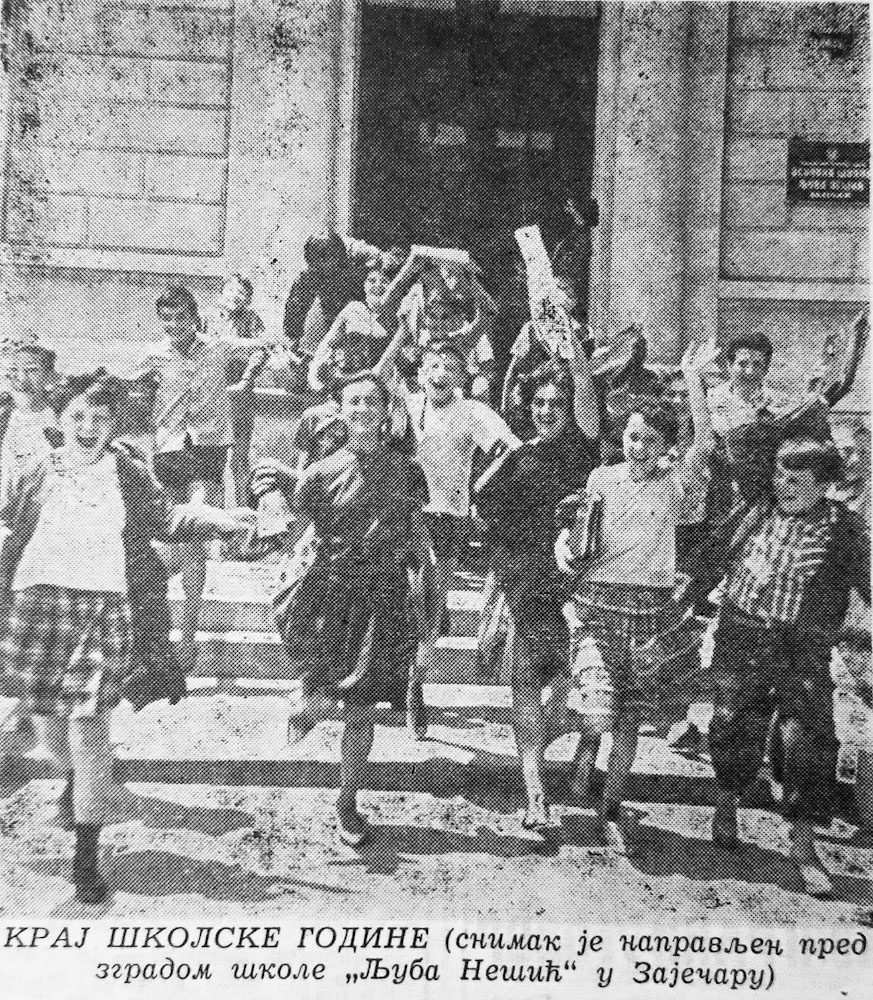
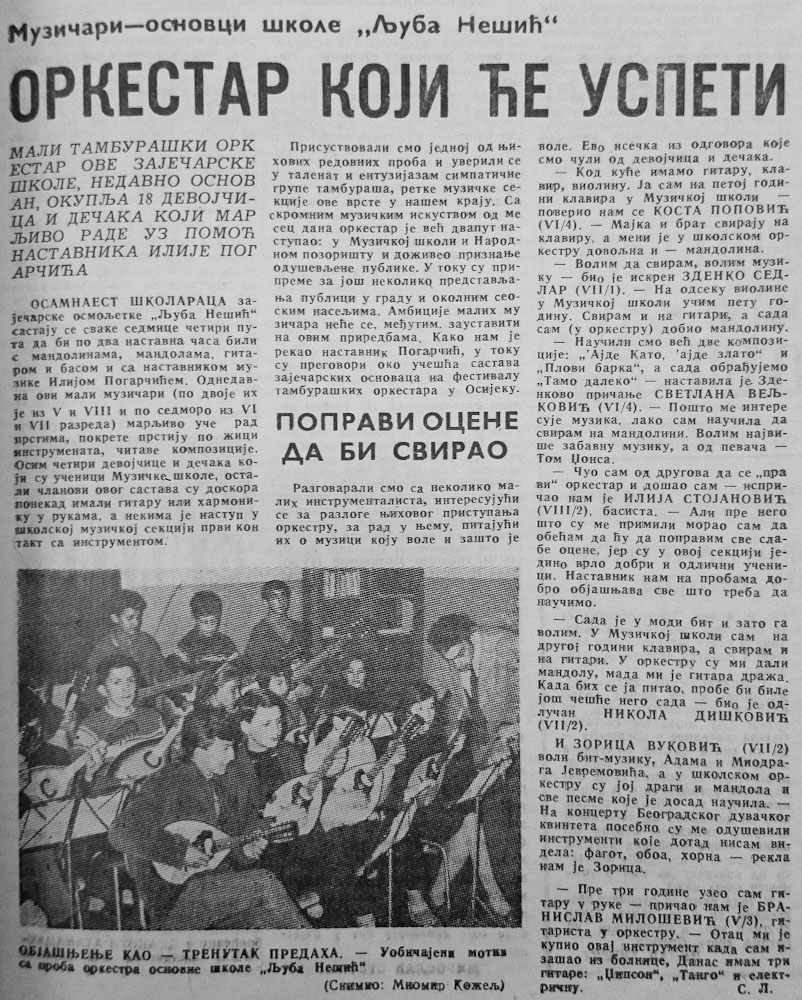







Reconstructed copy of one of the rare surviving examples of the Greek-Oriental house design in Timok...
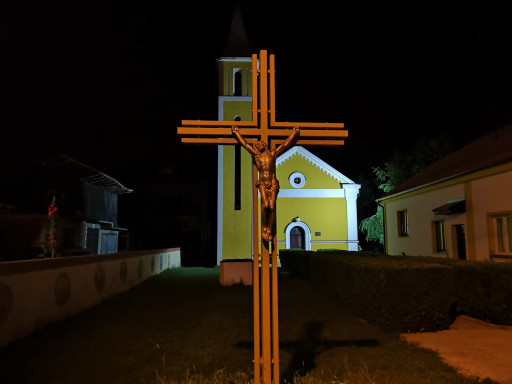
During its history, beside Assumptionists, the parish has been run by Salesians, Diecesians, and at...

Primary school "Ljubica Radosavljević Nada" was officially opened on September 7th 1972. It was desi...

Technical High School was founded in 1966 and since the beginning was located at the building in whi...